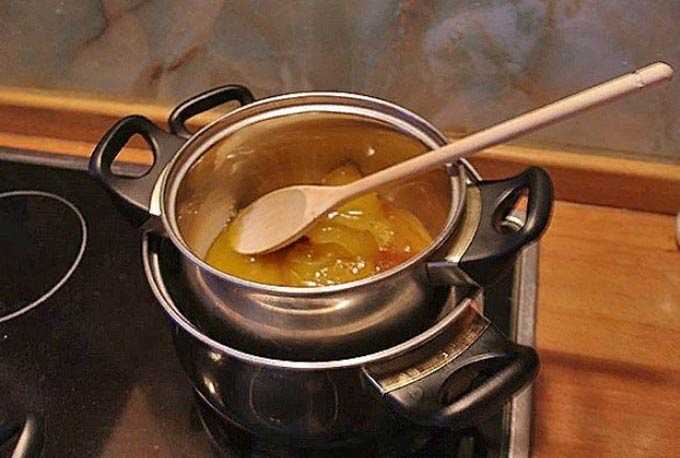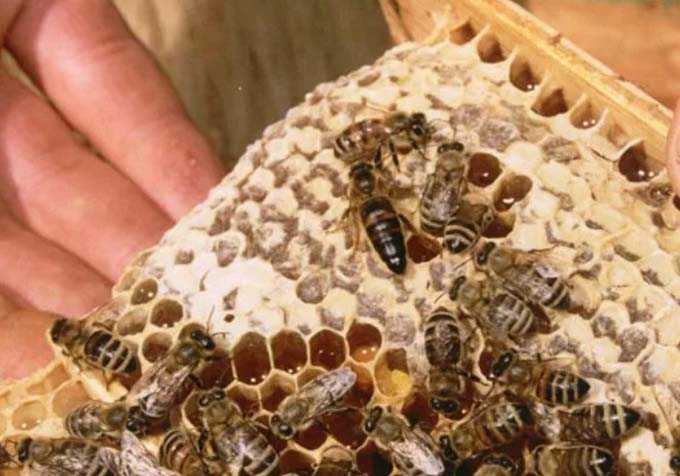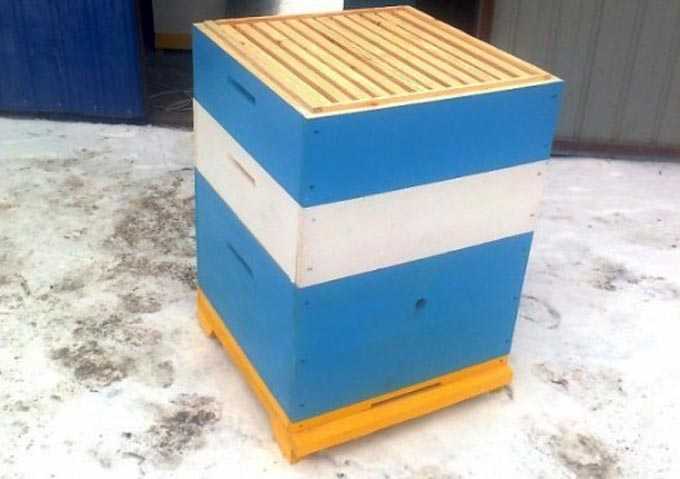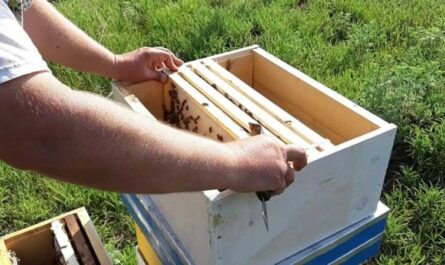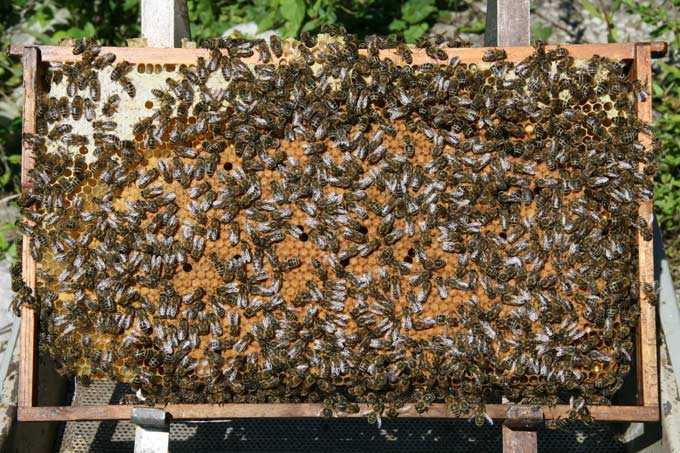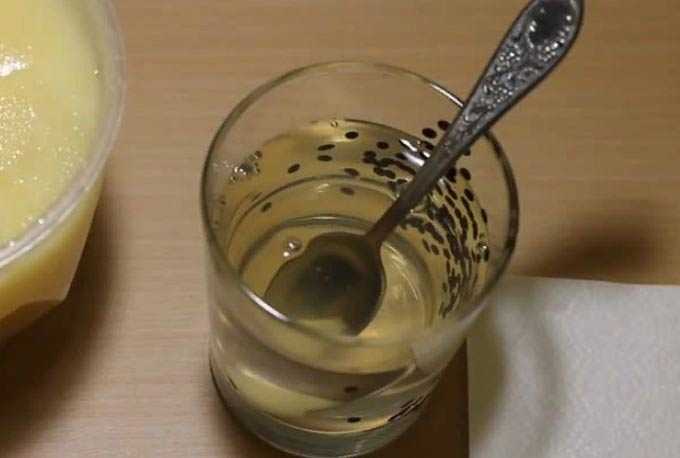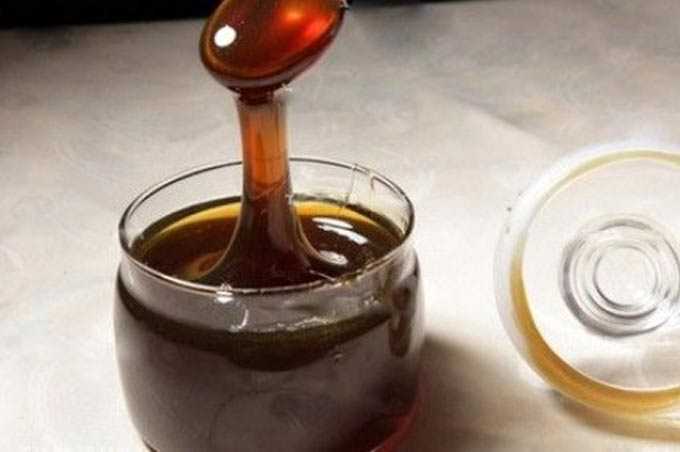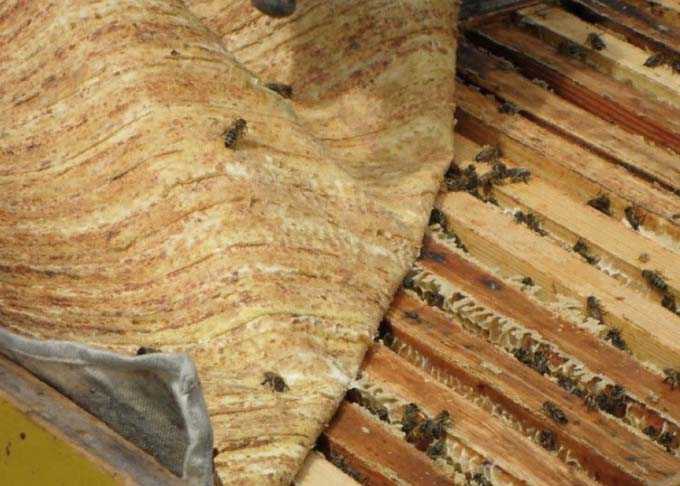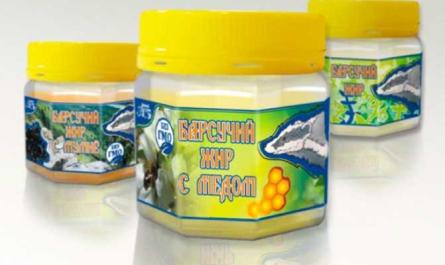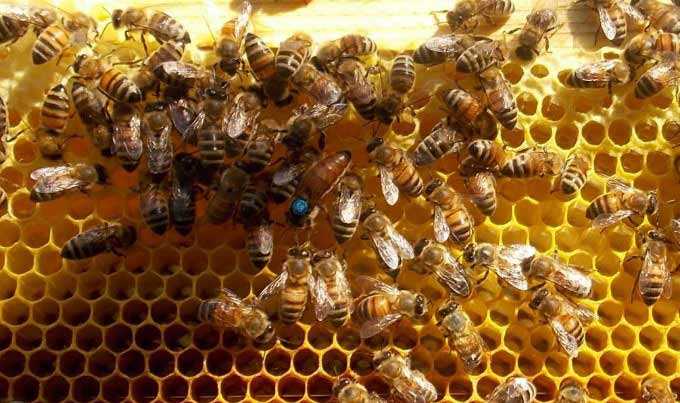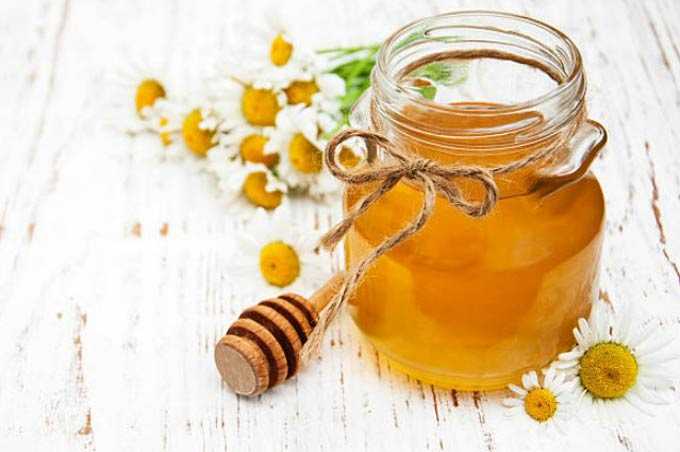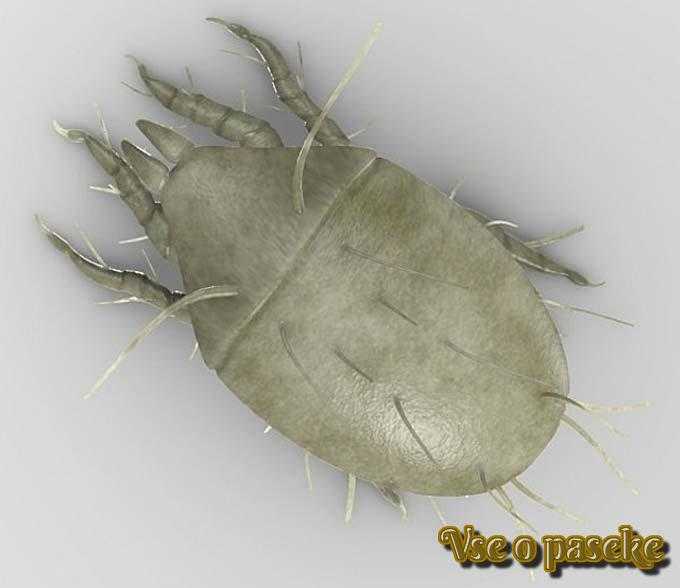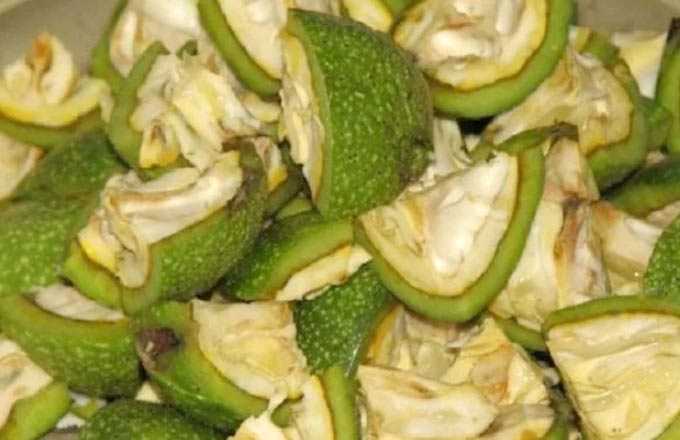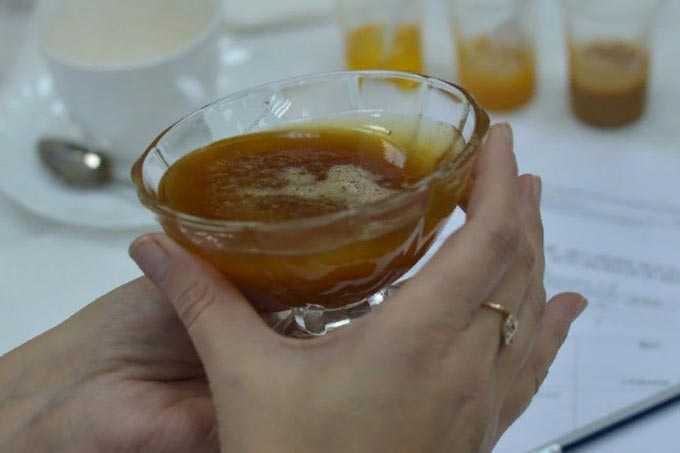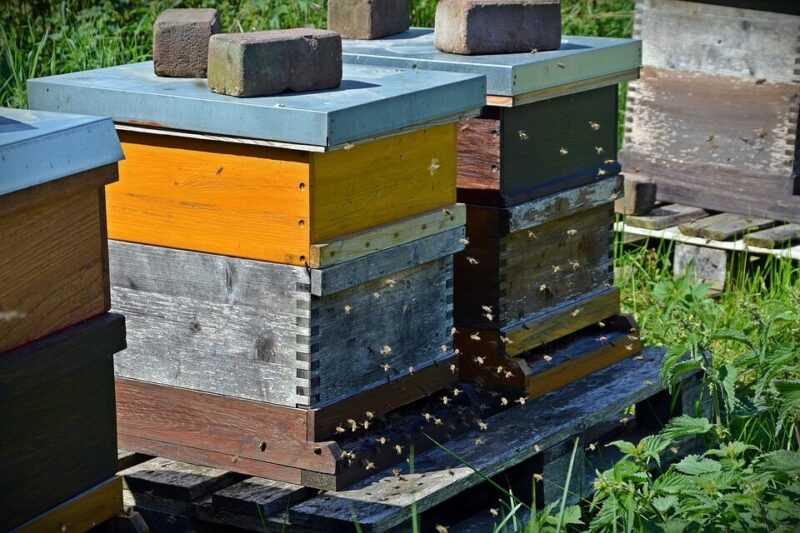The pollen carried on the hind legs by the bee is called pollen (foothill). A strong family brings up to 34 kilograms in the warm season.
The greatest need for breeding is in the spring, when the nests are especially rich in brood. Young bees prefer to feed on fresh nest, and its remains are piled up in cells next to the brood. And only if there is insufficient supply of pollen to the hive, it is taken from the reserves.
The main collection work falls on the morning and first half of the day. At this time, anthers burst on the flowers.
What does the collection look like?
In the example of maize, which emits large quantities of pollen, we see that bees crawl along the ear of a plant using hanging anthers. With the help of the proboscis and upper jaws, insects bite and lick these parts of the panicles. Pollen grains adhere abundantly to the oral apparatus, wetting here with goiter saliva and nectar. Also, a lot of dry matter sticks to the thick hairs covering the body and legs.
After walking over several inflorescences, the insect is forced to peel off pollen grains from the head and body. It can do this while sitting on a flower, but more often it cleans itself in flight.
First, with the front legs, he removes the wet mass – that which has adhered to the mouth apparatus. After (again, with the front legs), he shakes off dry pollen grains from the head, adding them to the already moistened lump from the mouth.
The second pair of legs works in the thoracic region. These legs are cleaned with the front ones (the insect grasps the back leg of the front one, or rubs them against each other). On the back pair of legs there are special baskets made of brushes. Bending them under the abdomen, the insect clamps the front legs and removes pollen from them.
Each fresh portion is superimposed on the previous one, gradually forming a lump in each of the baskets on the hind legs. If it is large, the brushes are pushed outward and dig into the lumps, keeping them in place during flight. The average mass of lumps is 11-12 milligrams, less often up to 20 mg.
When the baskets are fully loaded, the bees transfer the pollen to the hive, where they find suitable cells near the brood. The hind legs are lowered there and, with the help of the middle pair of legs, shakes off the polish. In this case, the middle pair works like a spoon – it gently passes between the surface of the basket and the lump, moving it down.
Having freed itself from the load, each individual again sets off on the road for a new portion of the polish. What was dropped into the cell, young insects (working in hives) properly tamp down with the help of their head and jaws, periodically moistening the mass with their proboscis.
The liquid added for storage is honey or nectar, saliva. The polish looks damp and darker. This is perga – bee bread. Lactic acid fermentation in the cell protects the bee bread from spoilage.
It should be noted that bees collect pollen at a closer distance from the hives than nectar… And the number of plants visited and the number of departures per day depends on the strength of the wind, air humidity, temperature and the type of flowering honey plants. For example, to fill baskets, you need to visit from eight to thirty-two dandelions. The average load of the baskets is 6-10 minutes. And the required number of flights per day is from six to forty-seven.
Each hive pollen collects up to 54 insects per day. Moreover, 000% of flying insects bring both pollen and nectar. And 17% only one foot.
What is slowing down the collection?
There are natural factors that reduce the collection of pollen.


